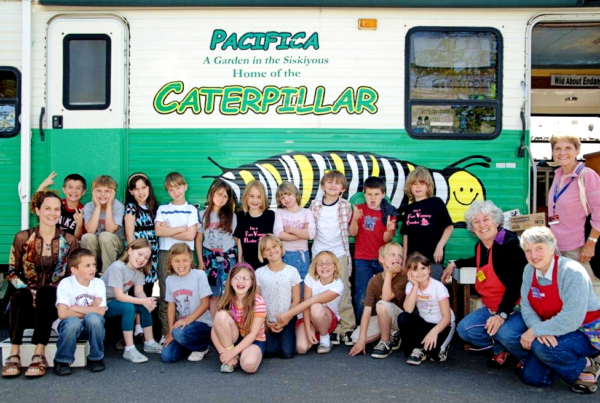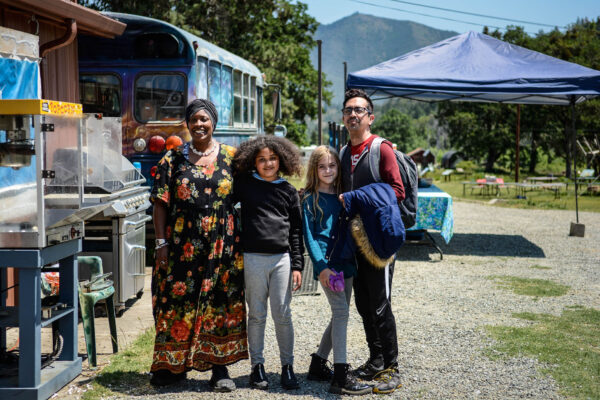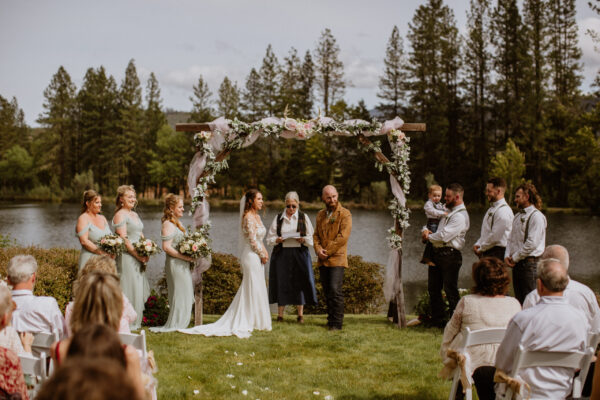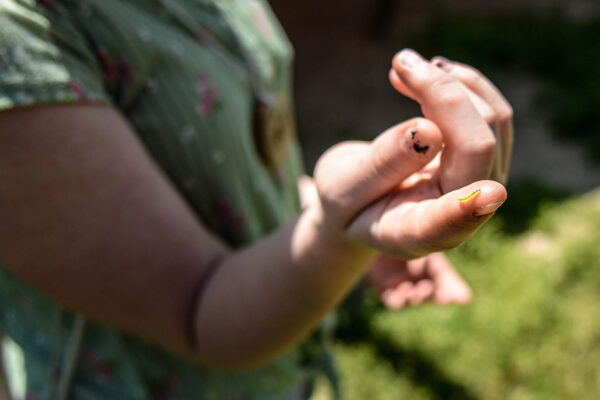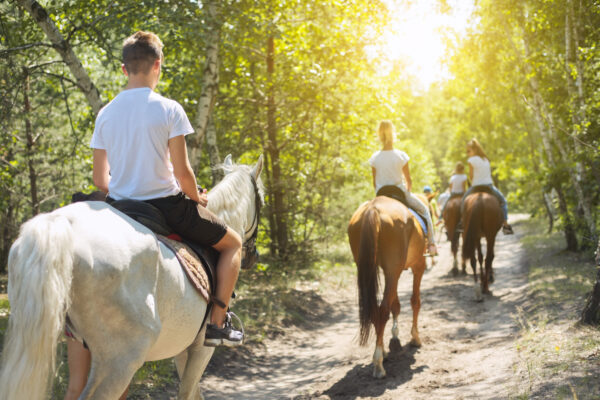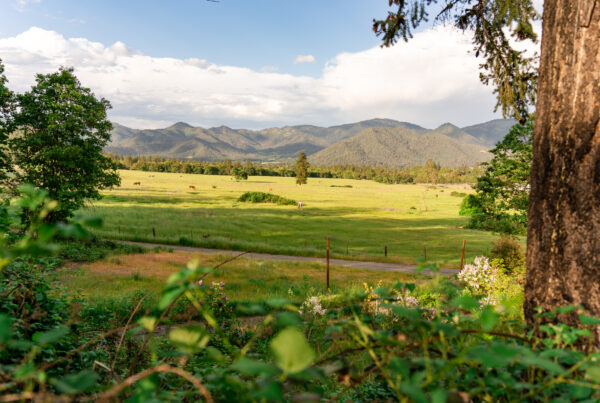What is Pacifica?
Pacifica: A Garden in the Siskiyous was started with a dream. A dream to create a space that was nestled in nature and dedicated to the education and celebration of the environment, plants, arts, and community around. With that, this 420-acre sanctuary of natural beauty was formed.
Pacifica is a vibrant community hub that invites people of all ages, races, and abilities to adventure and explore within its bounds. We have a 7-mile trail network, art trails adorned with locally-made sculptures, ponds for fishing, and spaces that are available for events, workshops, celebrations, and more. There is a little something for everyone at Pacifica.




